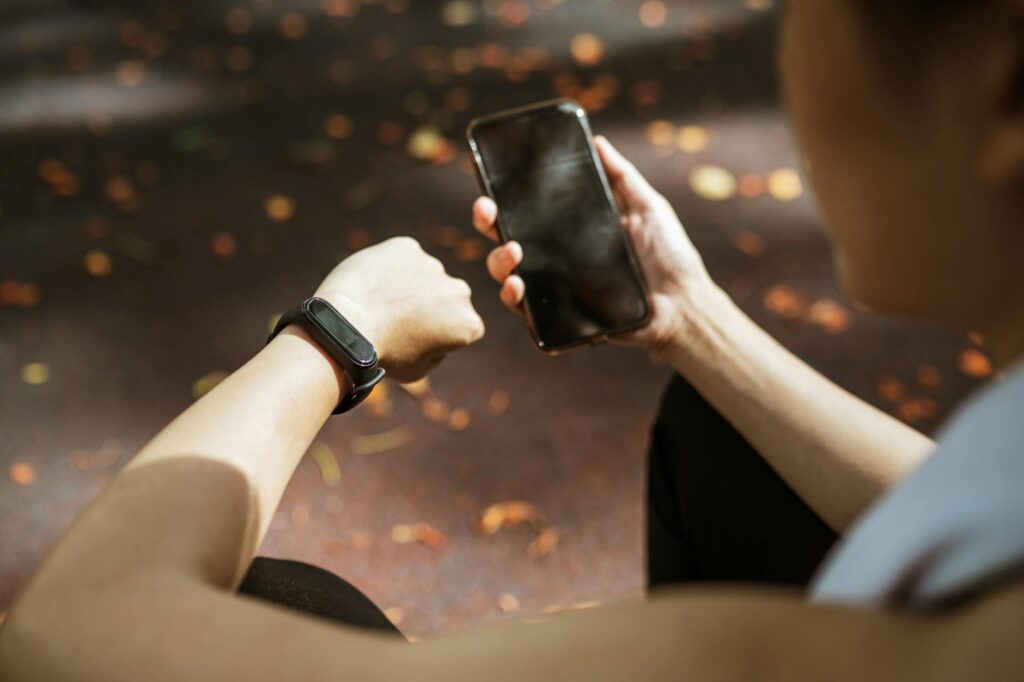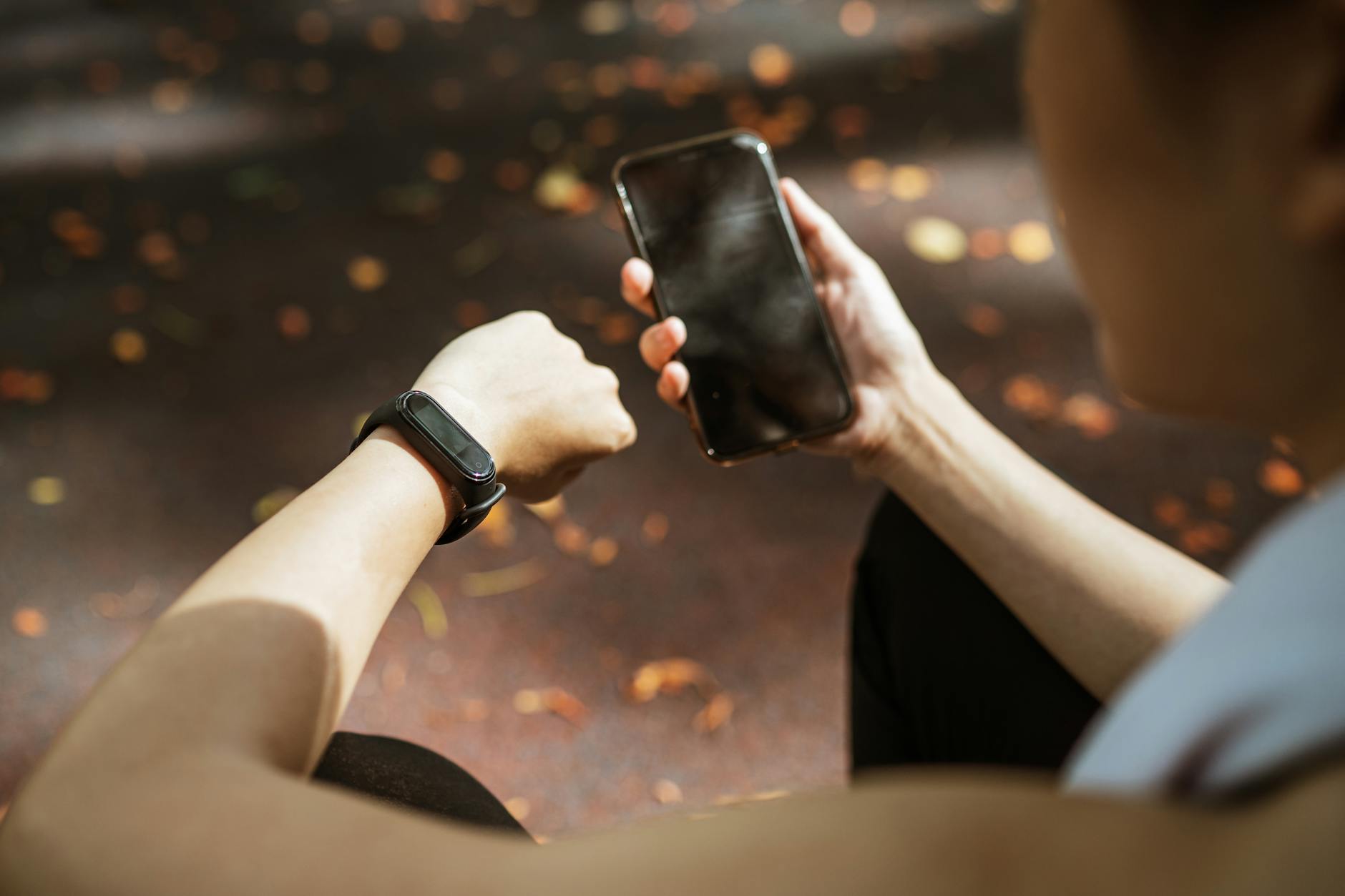What is wellness technology tools?

What is wellness technology tools?
In our fast-paced world, the concept of wellness is evolving. People are increasingly turning to wellness technology tools to enhance their well-being and manage their health. These tools range from simple apps to sophisticated devices that track and analyze various aspects of our lives. They serve as valuable allies in our pursuit of a balanced lifestyle, allowing us to monitor our health and motivate ourselves toward better habits.
Understanding Wellness Technology Tools
Definition and Scope
Wellness technology tools encompass a broad range of applications designed to improve health and well-being. These tools utilize technology to provide insights into our physical and mental states. Whether it’s a mobile app or a wearable device, wellness technology tools help individuals take charge of their health.
For example, apps like MyFitnessPal and Headspace offer users the ability to track their nutrition or engage in mindfulness practices. The scope is vast, covering everything from fitness tracking to mental health support.
Types of Wellness Technology Tools
Wellness technology tools come in various forms, each serving unique purposes. Here are some key categories:
- Apps: Mobile applications designed for everything from meditation (like Calm) to fitness tracking (like Strava).
- Wearables: Devices like smartwatches and fitness trackers that monitor heart rate, activity levels, and sleep patterns.
- Online Platforms: Websites that offer courses or resources related to wellness, nutrition, or fitness.
These tools cater to various wellness aspects, allowing users to choose what best fits their lifestyle.

Photo by Ketut Subiyanto
Benefits of Using Wellness Technology Tools
Using wellness technology tools offers numerous benefits that can significantly impact both mental and physical health.
Improved Tracking of Health Metrics
One of the most significant advantages of wellness technology tools is their ability to help you track critical health metrics. With wearables like Fitbit or apps like Apple Health, you can monitor your fitness levels, sleep patterns, and daily activity. This data empowers you to make informed decisions about your health.
For instance, if you notice a decline in your sleep quality, you can take actionable steps, such as adjusting your bedtime or reducing screen time before sleep. Tracking these metrics provides insights that can lead to healthier lifestyle choices.
Enhanced Motivation and Accountability
Wellness technology tools also foster a sense of motivation and accountability. Many apps incorporate social features, enabling you to share your progress with friends or join fitness communities. This social aspect encourages you to stay committed to your wellness goals.
Additionally, features like reminders or goal-setting can help you remain accountable. For example, if your fitness app sends you daily reminders to work out, it can be the push you need to stay on track. This boosts your chances of achieving your health goals.
Popular Wellness Technology Tools
There’s no shortage of wellness technology tools available today. Here are some widely used options that have gained popularity among users.
Fitness Tracking Apps and Devices
Fitness tracking apps like MyFitnessPal and Strava are popular for their user-friendly interfaces and comprehensive tracking features. They allow you to log your workouts, monitor your progress, and connect with a community of fitness enthusiasts.
Wearable devices, such as the Apple Watch and Garmin fitness trackers, go a step further by providing real-time data on your physical activity, heart rate, and even GPS tracking for outdoor activities.
Mental Health Apps
In recent years, mental health apps have surged in popularity. Apps like Headspace and Calm offer guided meditation, sleep stories, and mindfulness exercises designed to reduce stress and anxiety. These tools provide easy access to mental wellness resources right from your smartphone, making it simpler than ever to prioritize your mental health.
Challenges and Considerations
While wellness technology tools offer many benefits, there are also challenges to consider.
Data Privacy Concerns
As with any technology that collects personal data, privacy and security are significant concerns. Many wellness apps require access to sensitive information like health metrics and location data. It’s essential to read privacy policies and understand how your data is used.
Ensuring that the tools you choose prioritize data security can help alleviate some of these concerns. Opt for well-reviewed apps and devices known for their commitment to user privacy.
Over-reliance on Technology
Another potential drawback is the risk of becoming overly dependent on these tools. While they can enhance your wellness journey, it’s essential to remember that technology is just a tool, not a substitute for professional medical advice or personal judgment.
Striking a balance between using wellness technology tools and trusting your intuition is crucial for maintaining a healthy relationship with these devices.
Conclusion and Future of Wellness Technology Tools
Wellness technology tools are revolutionizing how we manage our health and well-being. They offer a unique blend of data, motivation, and accountability, helping us make informed choices about our lifestyles.
As we look to the future, we can expect to see even more innovative solutions that combine technology with wellness. From advanced wearables to AI-driven health apps, the potential for these tools to enhance our well-being is immense. Embracing these technologies can lead to a more balanced and healthier life.
For those interested in exploring wellness technology further, resources like Core Health and PCMag provide valuable insights and recommendations.